When determining the value of your business, there are several methods we can use, including capitalisation of earnings, net tangible asset, cost to create, industry methods and ROI.
However, most small to medium businesses apply the capitalisation of earnings method. If this method produces a smaller value than what the assets in the business are worth, then the broker will determine what method demonstrates the highest value for their client. In this article, I’ll discuss the most common method used to calculate business value; capitalisation of earnings, which at its core is a formula.
To simplify the term’s meaning, you can think of it as the relationship between earnings multiplied by a number to represent the business’s value.
Two significant factors heavily contribute to the capitalisation formula in small businesses up to the value of $2,000,000; historical, normalised earnings (profits) and the owner’s involvement in the business.
Firstly, normalised earnings. This refers to the total actual earnings an owner takes from the business, whether they work in it or not. ‘Normalised’ refers to any expenses that are not directly related to the business’s operation and can be added back to the net profit.
We use historical, normalised earnings to estimate future earnings. The more money a business has made in the past, the higher its potential value when sold. The second part of the formula is considered the multiplier (or cap rate), usually between 0.5 – 3. This is influenced by many factors but is heavily affected by the owner’s involvement.
Generally, the less the owner is involved, the higher the multiplying number and the more the business is worth. Other contributing factors include security on the place of business, plant and equipment and any further investment required.
There are two approaches used to categorise normalised earnings. They are referred to as EBITDA and PEBITDA.
EBITDA: Earnings Before Interest Tax Depreciation and Amortisation.
PEBITDA: Preprioters Earnings Before Interest Tax Depreciation and Amortisation.
EBITDA refers to an under management business, and PEBITDA refers to an owner-operator business. So, to explain it another way, if you are involved in your business, your value approach would be a PEBITDA approach. However, if the company is under management or you have very little involvement, then I would use an EBITDA approach to your business.
A business using a PEBITDA approach to value will usually sell for between 0 – 2 times earnings. A business that can use an EBITDA approach can sell for 1-3 times earnings. Being involved in your business does not mean you have to be working on the floor five days per week. If you don’t have a general manager responsible for everything in the business, then your approach is PEBITDA.
For example, if an owner works in their business either part-time or full-time, their total normalised earnings, including their wage and super, is $200,000. That owner could expect a sale price of up to $400,000 using the capitalisation of earnings method on a PEBITDA approach. On the other hand, if a fully managed business earns the owner $200,000, that business may sell for up to $600,000 or more. Of course, a good business broker will know to look at numerous other factors as business value is more complex than a rule of thumb approach, but you get the idea.
Factors impacting business value are extremely varied. However, the main idea this article focuses on is the relationship between normalised earnings and the seller’s involvement.
These two factors will significantly impact what most businesses are worth. Therefore, the level of success you and your broker achieve in selling your business will largely depend on the broker, the brokerage firm and your commitment to sell.
If you would like to know more about what’s involved with selling your business and what you can do to increase the value of your business right now, then book a strategy call here.
In this free strategy call, you’ll get these outcomes.
- What is the best method to value your business is.
- How will the market view your business and,
- The number one thing you can do to improve the value of your business right now.
I help my clients successfully exit their business at the highest price, in good time, and without stress.
Mick Godwin


